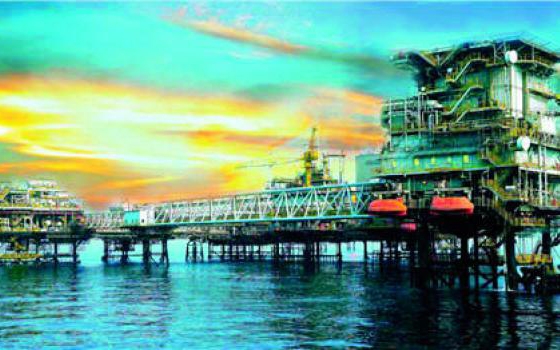Bank of America Merrill Lynch has maintained Qatar’s GDP growth rate at 5% this year and 4.9% in 2014 even as BOAML forecasts a rise in CPI inflation to 2% this year and 2.5% in 2014.
BOAML’s forecast is in line with an earlier International Monetary Fund (IMF) projection of 5.2% growth in Qatar’s economy this year mainly on the back of robust non-hydrocarbon growth.
The IMF had also seen a “strong economic outlook” for Qatar in the medium term and the report indicated the country’s nominal GDP would exceed $191bn this year compared with $184.7bn in 2012.
But QNB has said Qatar’s real GDP growth was expected to reach 6.5% this year and 6.8% in 2014 on the back of continued economic diversification and non-oil sector performance.
The share of the non-oil and gas sector in the overall economy increased to 42.2% in 2012 from 40.7% in 2011.
In what is seen as an indication of “higher growth contribution” from the non-oil sector, Qatar’s money supply surged to QR419bn in March this year.
This was driven by private sector deposits, a QNB study shows. In the first quarter of this year, Qatar recorded the highest money supply growth rate (37.4%) in the region, QNB said.
An ongoing focus on the roll out of projects in the run-up to the 2022 World Cup and growing momentum in the manufacturing sector will continue to drive diversification and growth of the non-oil sector.
Indications of rising inflation in Qatar have been confirmed by Bank of America Merrill Lynch in its report yesterday. BOAML sees inflation that is determined by the consumer price index (CPI), averaging 2% this year and 2.5% in 2014.
BOAML, however, did not cite the reasons for the projected CPI inflation spike in Qatar. Historically, rising rents, associated with population growth, were the main driver for inflation in Qatar.
QNB said overall inflation increased 3.6% year-on-year and 0.4% month-on-month to 2.4% in March this year.
Qatar’s inflation rate hit a record 15.2% in 2008, partly because of a building boom for the 2006 Doha Asian Games, logistical problems and bottlenecks, including difficulties in bringing enough building materials into the country.
With Qatar planning to spend about $140bn to build stadiums, roads, railways, airport, seaport and other infrastructure before it hosts the 2022 soccer World Cup, another phase of building boom is on the anvil.
Since the housing component has the largest weighting in the inflation basket (32.2%), escalating rents are sure to drive inflation in Qatar. In the past, when inflation surged and touched double digits, the government took very strong measures to contain it.
They included putting a ceiling on the annual rental increases and starting new low-cost residential projects.
Another effective tool against inflation is price regulation. Last year, the government said it would use regulatory powers to prevent traders from imposing “unjustified” price hikes on consumers.
The headline inflation remained low in Qatar in 2010 and 2011 mainly because of depressed rents.
With infrastructure-related construction activities picking up and as the demand-supply situation in the real estate market converges in view of the expatriate population increase, inflation will gradually increase from 3% in 2013 to 5% by 2016, the IMF had said.
Gulf Times
24 June






















































